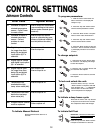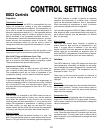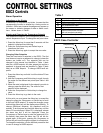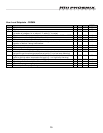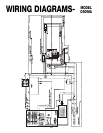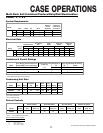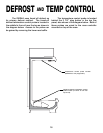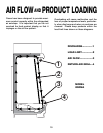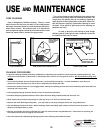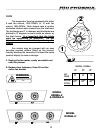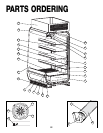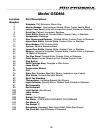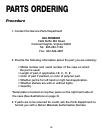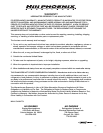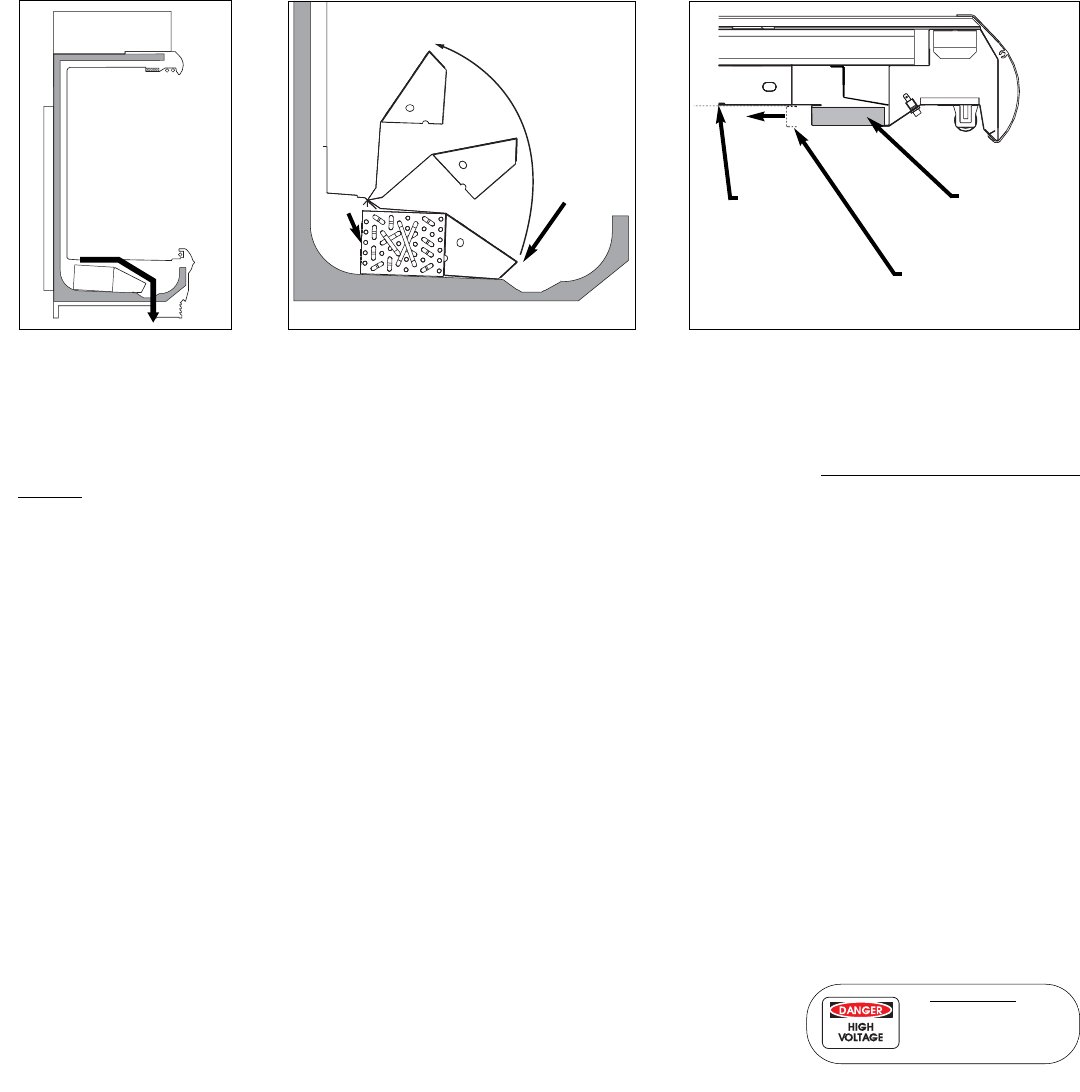
20
USE
AND
MAINTENANCE
POSITIVE DRAIN OFF
CASE CLEANING
Case is designed to facilitate cleaning. There is a wide
radius formed on the front and back of the inside bottom
that helps accelerate liquid flow and eliminates difficult-to-
clean sharp corners. All surfaces pitch to a deep-drawn
drain trough that angles toward the front and center of case
where the waste outlet is located for easy access.
The coil is covered to keep food fluids from entering, but
the cover lifts up easily when coil cleaning is desired. The
single piece fan plenum lifts up for cleaning, exposing a
major portion of the inside bottom of the tank. Make cer-
tain fan plenum is properly closed after cleaning to avoid
air leaks. Front return air grills snap out for cleaning; no
fasteners are used.
In order to keep the unit running at peak design
efficiency the air intake grill and the condenser coil should
be cleaned at least once a month.
SINGLE PIECE FAN PLENUM LIFT UP
SINGLE PIECE FAN
PLENUM SWINGS
UP FOR EASY
CLEANING
PLENUM
COIL
CLEAN HONEYCOMB
HONEYCOMB
LOOSEN
SCREW
SLIDE REAR HONEYCOMB
RETAINER BACK AND
REMOVE HONEYCOMB
DANGER
Electrical Shock Hazard
Always disconnect power to case
when servicing or cleaning.
HIGH
PRESSURE
CLEANING PROCEDURES
• A periodic cleaning schedule should be established to maintain proper sanitation, insure maximum operating efficiency, and
avoid the corrosive action of food fluids on metal parts that are left on for long periods of time. W
e r
ecommend cleaning once
a week.
• To avoid shock hazard, be sure all electrical power is turned off before cleaning. In some installations, more than one
disconnect switch may have to be turned off to completely de-energize the case.
• Check waste outlet to insure it is not clogged before starting the cleaning process and avoid introducing water faster than the
case drain can carry it away.
• Avoid spraying cleaning solutions directly on fans or electrical connections.
• Provide a temporary separator between those cases which are being cleaned and those which are not.
• Allow cases to be turned off long enough to clean any frost or ice from coil and flue areas.
• Remove and clean discharge honeycomb. You may need to use spray detergent and a soft, long bristle brush.
• Use mild detergent and warm water. When necessary, water and baking soda solution will help remove case odors. Avoid
abrasive scouring powders or pads.
• Remove front panels and clean underneath the case with a broom and a long handled mop. Instructions for removing the
front panels can be found on page 6 of this manual.
• Use warm water and a disinfecting cleaning solution when cleaning underneath the cases.



